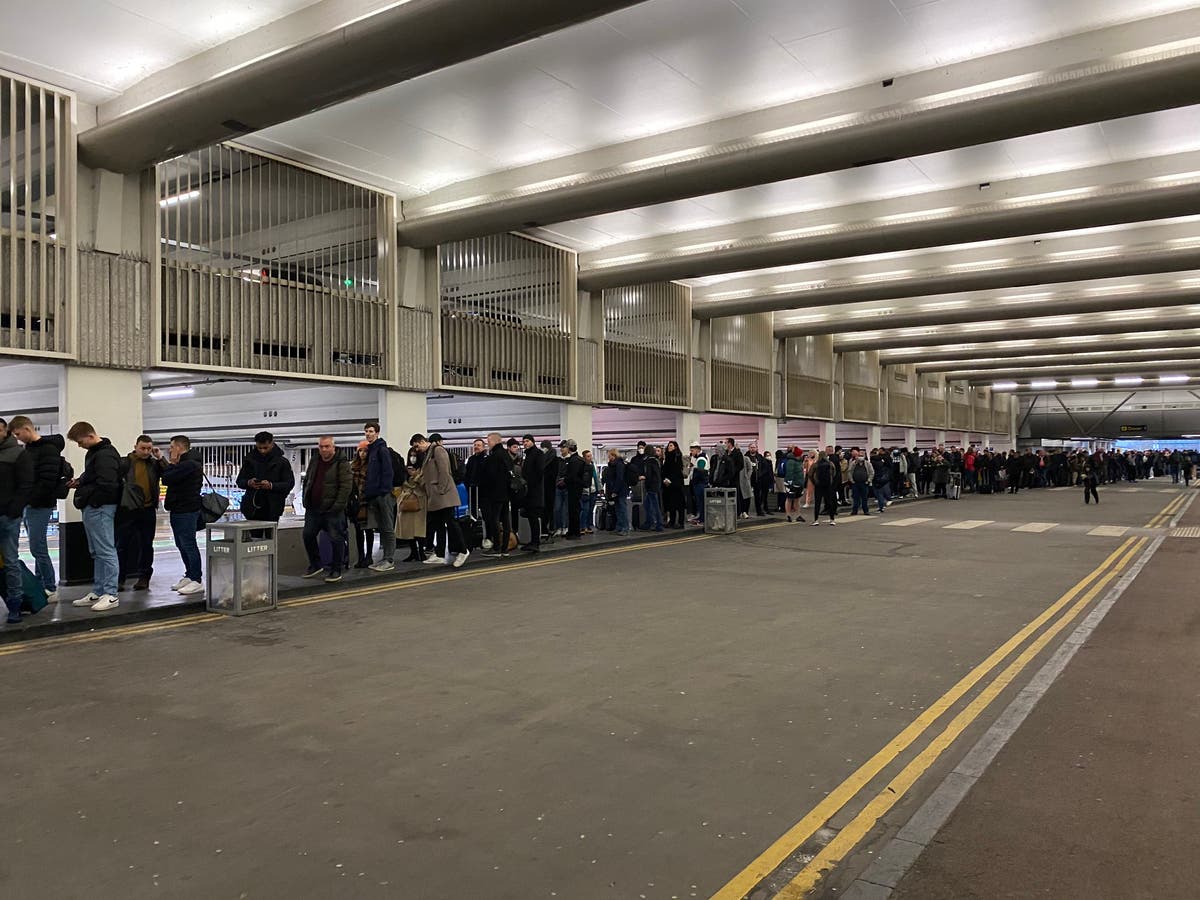Next stage in Singapore’s evolution: becoming a nation of a million entrepreneurs
-

Disclaimer: Opinions expressed below belong solely to the author.
From third world to first, Singapore’s prosperity has famously surged in less than 50 years, seeing it join the ranks of the wealthiest, most developed countries.
However, as the city-state’s GDP per capita is now exceeding that of the USA and the only countries above it are considerably more expensive (their nominal GDP figures are inflated but fall when purchasing power parity is considered), the burning question that demands an answer is – how can Singapore keep up its pace in the next half a century?
 When corrected for purchasing power, Singapore’s GDP per capita is second only to Luxembourg. / Image Credit: World Bank
When corrected for purchasing power, Singapore’s GDP per capita is second only to Luxembourg. / Image Credit: World BankConvergence – i.e. learning from others, inviting foreign investment and enjoying benefits of latest technology transfers – helps developing countries grow much faster than those already at the cutting-edge.
Singapore is known as a diminutive country punching way above its weight (particularly in Southeast Asia) but there is no denying that other – much larger – neighbouring nations are now enjoying the benefits of convergence that Lion City once did, gradually closing this gap.
 Prior to the pandemic Singapore has already been showing signs of a much slower growth compared to its less developed neighbours, who are now trying to catch up. / Image Credit: World Bank.
Prior to the pandemic Singapore has already been showing signs of a much slower growth compared to its less developed neighbours, who are now trying to catch up. / Image Credit: World Bank.Is Singapore able to keep its current distance ahead of them?
On a per capita basis it is undoubtedly going to still lead ASEAN but bigger countries do not need to match its achievements for all of their people. Vietnam, for instance, has nearly 100 million inhabitants but total GDP of US$270 billion smaller than that of Singapore (US$340 billion). Still, its economy is going to surpass US$1 trillion as soon as it reaches little over US$10,000 in GDP per capita – only 1/7th of Singapore.
Large population provides enormous leverage when economic growth is high.
So, how can an ageing island of just 4 million people (+2 million immigrants) compete against those with 30, 100 or 250 million, in the long run?
A hint can be found in quite a popular phrase these days: “work from home”.
Beyond borders
For the past 50 years Singapore has developed its domestic workforce by inviting foreign investment. Singaporeans progressed both in education and practical qualifications, with more and more immigrants taking up low-end jobs that locals no longer found attractive, rewarding or necessary for their survival.
However, with resident labour force of just 2.4 million people there is a limit to how much Singaporeans can do within the boundaries of their own country (even if there’s a steady influx of talented immigrants).
And don’t think robots can come to the rescue, as SG is already the world’s most automated country, with a robot count per 10,000 people surpassing that of South Korea (and placing it way ahead of everybody else).
 Image Credit: International Federation of Robotics
Image Credit: International Federation of RoboticsIn many ways, as a nation, Singapore is like a startup entrepreneur working out of a garage, doing as much as he can himself, before his success forced him to delegate more of his work to other people so the business can keep growing.
In Singapore’s case these people are found in other countries.
The city-state can’t house 100 million but why shouldn’t it employ them somewhere else? The next stage in its evolution is a transformation of its residents from mere employees to capital owners.
This, to a degree, is already happening but is typically done by larger companies.
There are many businesses operating on these principles – with narrow managerial and creative workforce based in the city-state, procuring manufacturing services in places like China, India, Thailand etc., effectively delegating a huge portion of the job abroad.
But for Singapore to grow more have to adapt this mindset and think of the broader world as Singapore’s limitless hinterland they can generously draw from, while living and working in the city-state.
In fact, Singapore is an ideal place for remote work – green, clean, safe, bureaucracy-free, with low taxes and no corruption to speak of, technologically advanced with easy access to very fast internet, data centers and latest technologies on top of it.
It’s also a travel and logistical hub allowing for international business visits (both outward and inward) and MICE events, enabling locals to connect with the world, promote their products and services, and sell them to willing buyers coming to peruse them.
 Singapore Expo, Image Credit: Chinnian/Wikipedia
Singapore Expo, Image Credit: Chinnian/WikipediaOne worker can perform labour of just one person – even if he is a well-paid, highly qualified expert. But one business owner can have 10, 100, 1000 such people working for him. With current technological solutions many (often most or all) don’t have to be located in the same country.
Economic progress of a developed country is restricted by marginal increases in productivity which, in turn, are dependent on incremental progress of technology (the tools you have) and individual expertise of each person (the skills you develop).
As a result it is bound to be quite slow for every nation that is already highly developed (when you already have the latest tools and know as much as you can).
Entrepreneurship, however, enables multiplication of output through delegation of work to other people.
Young people should not be driven to land a cushy job at a giant like Google or Apple but rather start a business and chart their own course independently. Even if that business is relatively small – let’s say up to 10 people – the owner can end up drawing a salary matching or surpassing that of just one of the cogs in a giant corporate machine.
A million people can suddenly have 10 million working for them – three times the entire current labour force of Singapore – while they remain in the city-state, being at the receiving end of all the benefits.
Why Singapore?
But why should Singapore succeed at it and why wouldn’t others follow its behaviour? This is where its small size becomes an advantage.
Large countries, home to tens or hundreds of millions of people have to be more inwardly focused, given that the stability of governance depends on the satisfaction of the electorate (even in places where elections are not held, like China). Addressing their needs is typically harder, more expensive and, ultimately, more wasteful since instead of focusing on the bleeding edge innovation millions dwelling in poverty have to be taken care of as well.
Meanwhile, Singapore is just a city and one which already provides excellent living standards for its inhabitants. It doesn’t have millions of farmers stuck in rural areas with few perspectives.
 Bali – Indonesia. April 05, 2019: Image of two farmers plowing farmland with a traditional tool in Bali, Indonesia / Image Credit: ximagination/123rf.com
Bali – Indonesia. April 05, 2019: Image of two farmers plowing farmland with a traditional tool in Bali, Indonesia / Image Credit: ximagination/123rf.comAll Singaporeans live in a modern, advanced, prosperous city, served by world-class public transit, education, healthcare and so on.
That’s why it’s the perfect breeding ground for international entrepreneurship – all of the basics are already covered and a good life can be had in Singapore with relatively little effort.
 Singapore by night. / Image Credit: htu1117/123rf.com
Singapore by night. / Image Credit: htu1117/123rf.comHaving such strong foundations, looking outward to make the most of the ability to work remotely or run a business that employs people in different countries, should be a no-brainer. Perhaps it should even be taught and encouraged in schools.
Another exceptional feature of the Lion City, making it such an excellent environment for mass entrepreneurship is its ethnic and cultural diversity, that provides links to some of the largest countries in the world (like China or India) as well as important regional neighbours of Malaysia or Indonesia.
Add to it universal proficiency in English and, frequently, foreign education attended in the UK, US or Australia, and you end up with a remarkable mix of experiences and understanding of many often extremely different countries in a small melting pot of a city, that you would find hard to match in most other places in the world.
Solving immigration
Immigration is a sensitive topic in Singapore, given the perception of overcrowding, particularly in central areas and during rush hours on the MRT.
 Peak crowds at Bishan MRT / Image Credit: The Straits Times
Peak crowds at Bishan MRT / Image Credit: The Straits TimesGiven its small size there is a limit to how many people could ultimately inhabit the island. The upper boundaries are probably around 10 million — though that in itself would be a cause for popular discontent among the locals.
However, once the focus is shifted from bringing people into Singapore to employing them abroad by local companies, the immigration issue solves itself.
This is yet another benefit of adopting the entrepreneurial mindset. As of now Singapore is still a major recipient of foreign investment, with companies flocking to the city state to take advantage of its attractive conditions.
With this influx, however, comes demand for sufficiently large and qualified workforce.
It’s impossible for Singaporeans to fill as many vacancies as employers are seeking to fill, so the country must keep its borders relatively open to newcomers — otherwise investors will stay away. Low taxes are not enough if there’s nobody to do the job.
However, if more locals transition from careers in someone else’s company to being entrepreneurs and owners themselves, they could in turn become investors in other countries, while maintaining their core operations in Singapore.
Otherwise, continued growth that is dependent on influx of foreign talent is going to hit limits sooner or later, because there’s simply not enough space for everyone. By 2050 about a third of the resident population will be 65 or older (doubling from what it is today) — taking up space but likely not being fit for work (particularly at the cutting edge).
To fill only that gap, in order to maintain the current levels of labour force, another 680,000 foreigners would have to be admitted.
That is only to keep the status quo of 2022 – what about growth?
Quality Over Quantity
In its early days as an independent country Singapore had to first deal with unemployment, which was then in double digits.
It worked to become attractive to business and import jobs that came with foreign investment. As the local labour force was becoming saturated it gradually opened its borders to immigrants, so they could fill the excess jobs that were so successfully brought from abroad (or served the growing needs of the city-state itself).
Today as it is getting ever closer to physical limits of the island it was founded on it has to begin shifting from an employment importer to an exporter – an investor hiring talent abroad (and not only at the hands of the largest businesses, which are already doing that).
Quite unlike in the past decades, the new motto for the labour market should be – “if it can be done abroad, it should be”. Only the most valuable (and critical) jobs should stay on the island.
Of course I understand that not everybody is cut out to be a business owner. It’s also clear that we can’t all be running software companies and someone has to work at bars, restaurants, night clubs, grocery stores, shopping malls, hospitals and so on.
Still, out of resident labour force of ca. 3 million people (that we could reasonable expect in the coming decades) I don’t think it’s crazy to ponder how about a third of them could achieve entrepreneurial independence and rely on remote workforce, while living in Singapore.
Singaporean owners could rely on tens of millions of people working for them all over the world. It’s not something that can ever be accomplished on the island itself.
As recently as 15-20 years ago outsourcing jobs was still typically a domain of large enterprises which had the resources, tools and knowledge of how to move employment to cheaper locations.
But with blossoming high-speed internet it has now become entirely possible for even the smallest companies to employ people abroad without any hassle. It’s not only cheaper but typically also more convenient as it involves less formal paperwork than traditional employment that comes with many legal requirements.
Any job that can be done on a computer can, today, be performed anywhere in the world. And Singaporeans are in the best position to take advantage of that at a scale not seen anywhere in the world.

 UsenB
UsenB 
































